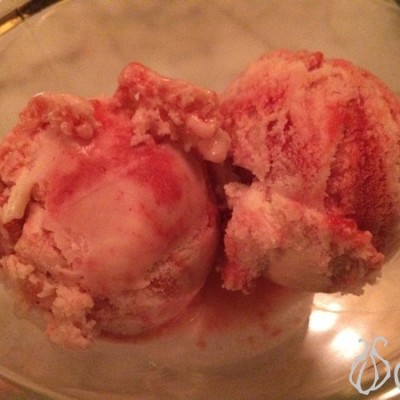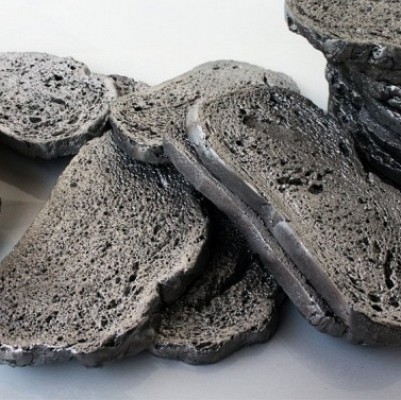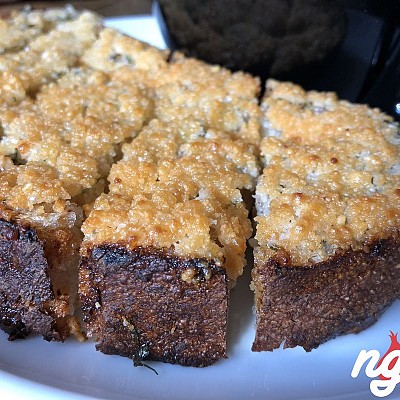Make gluten-free bread, pizza, and pastries just as light and fluffy dishes with gluten. Look at some tips for making fluffy gluten-free dough today!
One challenge of baking gluten-free is achieving a fluffy texture on your dough, especially when it comes to baking cakes, bread, or pastries. The good news is that by following some excellent tips, you can make your gluten-free dough as soft and delicious as those that use wheat flour. Check out the best tips for making fluffy gluten-free dough right now!
Use the Right Flour Blend
Choosing the right flour blend is critical for achieving a fluffy and moist gluten-free dough. A good blend should include a mixture of ingredients like rice flour, potato starch, tapioca flour, and cornstarch. This combination of ingredients will best mimic the texture and flavor of wheat flour.
You can either buy a pre-made blend or create your own. If you choose a store-bought blend, check the label to ensure it says “gluten-free.”
Add Xanthan Gum
Xanthan gum is common in gluten-free baking because it can mimic the stretch and structure of gluten. Adding xanthan gum to your dough will give it a more elastic and stretchy consistency, which is essential for achieving fluffiness. If your recipe doesn't call for xanthan gum, you can usually add about one teaspoon per cup of flour.
Don't Overmix the Dough
Overmixing can be a problem with gluten-free dough, as it can cause the mixture to become tough and rubbery. Mixing and folding the dough carefully is a baking tip every home baker should know, regardless of whether they’re baking with wheat flour or gluten-free flour.
Mix the dough until it just comes together, then stop. You should still see some lumps in the mixture, which is okay. Overhandling the dough can also cause it to lose its fluffiness, so handle it as little as possible!
Add Some Vinegar
Another tip for making fluffy gluten-free dough is to add a bit of vinegar to the mixture. This may seem like an unusual ingredient for dough, but it actually helps activate the baking powder or baking soda and encourages the dough to rise. Don't worry about using too much—you only need about one tablespoon of vinegar per cup of flour.
Let the Dough Rest
Taking the time to allow the dough to rest can make all the difference in the final outcome. The resting period gives the flour a chance to fully absorb the liquid, resulting in a dough that fully hydrates. Therefore, it is able to rise and become fluffy. Set the dough aside for at least half an hour before shaping or rolling it out.
Never settle for dense and dry dough again! With these tips and tricks, you can make airy, soft, and tasty gluten-free dough for all your favorite baked goods.






































